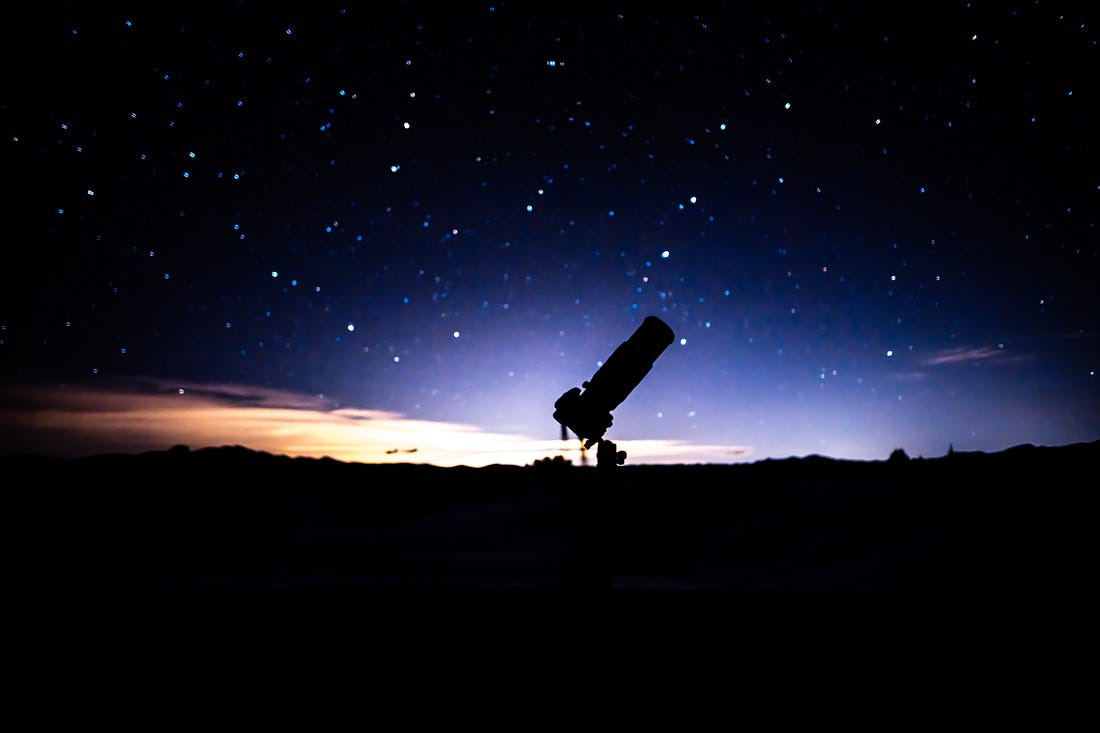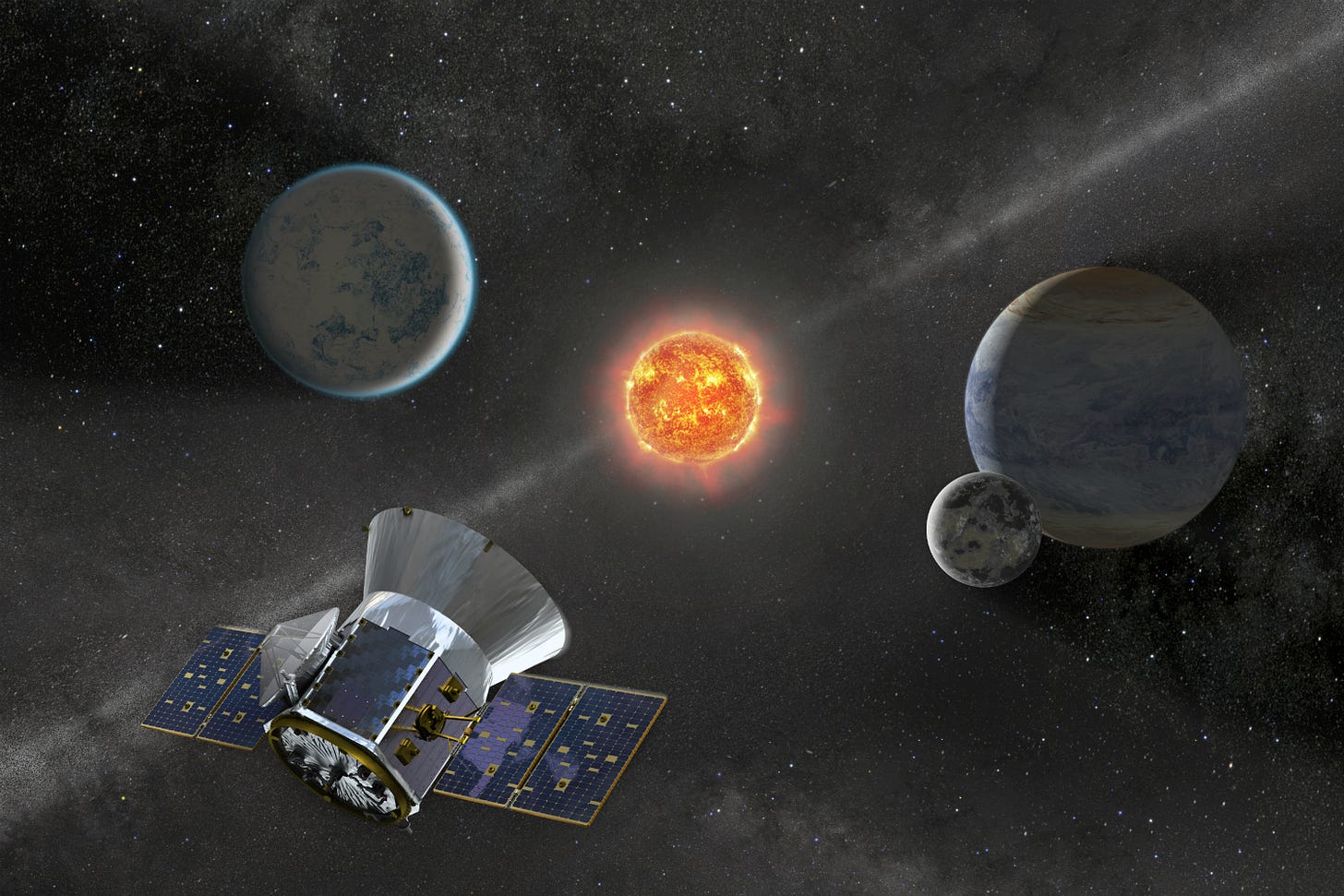Artificial Intelligence in Space
Past, Present, and Future
The exploration of space has always been a domain where human ingenuity and technology have pushed the boundaries of what's possible. However, in recent decades, a new player has emerged in the space arena: artificial intelligence (AI). AI has significantly impacted space missions, taking on tasks that were once solely the domain of human astronauts and mission controllers. In this article, we'll explore the past, present, and future of AI in space, examining where AI has excelled, where it's currently deployed, areas where human intervention is still necessary, and the promising prospects for the future.
What AI is doing in space, currently?
Robotics
Artificial Intelligence is assuming an increasingly pivotal role in space exploration, particularly in its capacity to autonomously maneuver through challenging terrains. However, this is not a recent development. Rovers like the Mars Exploration Rover and Curiosity have been conducting fully autonomous navigation operations on the Martian surface for more than a decade.
These rovers are equipped with sensors capable of identifying potential environmental hazards such as rocks, craters, and other obstacles. Subsequently, their AI systems analyze this data to chart the optimal route ahead, ensuring safe passage without the risk of collisions.
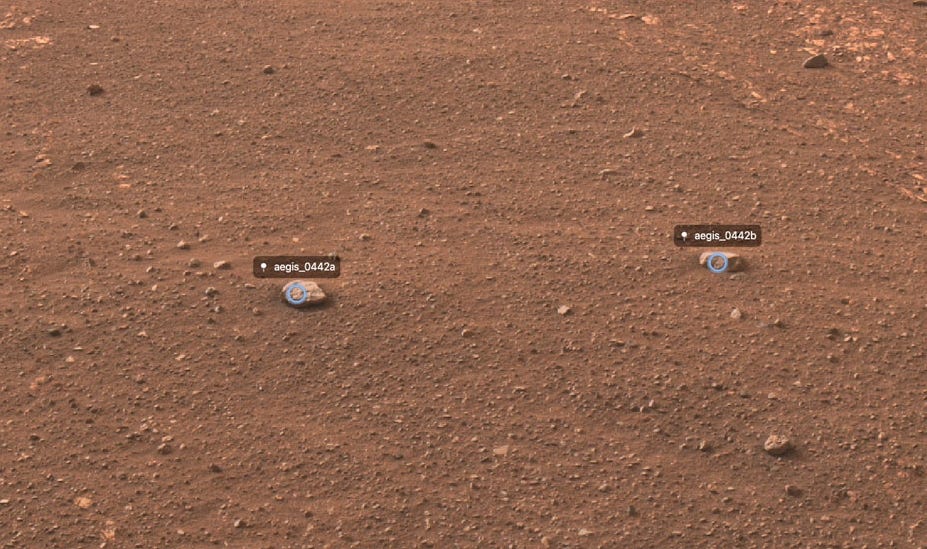
An illustrative example of this is the AEGIS (Autonomous Exploration for Gathering Increased Science) system, a computer vision-based detection system installed on the Perseverance rover. AEGIS identifies intriguing rocks for potential sampling. This marks a significant leap forward, paving the path for the eventual realization of fully autonomous space exploration rovers.
Satellite Constellations
Managing large constellations of satellites for Earth observation and communication is a complex task.
SpaceX, for instance, employs AI-powered algorithms to enhance the safety of its navigation satellites, ensuring they avoid collisions with other objects in orbit. These algorithms leverage various data sources, including the satellite's own sensor data, encompassing its position and velocity. This data is processed to detect potentially risky maneuvers, and immediate evasive measures are taken. The onboard computer of the satellite assumes control and makes real-time adjustments to the satellite's speed and trajectory to avert an impending collision.
Furthermore, AI can optimize the intricate task of aligning satellites with their designated orbits, resulting in reduced fuel consumption and shorter timeframes to reach the intended orbital positions. This not only conserves resources but also accelerates the achievement of the desired orbital configuration.
Astronomical Discoveries
AI has become a valuable tool for astronomers. Machine learning algorithms can sift through vast amounts of data collected by telescopes to identify celestial objects, including planets, stars, and galaxies. For instance, the Transiting Exoplanet Survey Satellite (TESS) employs AI to identify exoplanets by detecting subtle changes in the brightness of stars. TESS scientists expect the mission will catalog thousands of planet candidates and vastly increase the current number of known exoplanets. Of these, approximately 300 are expected to be Earth-sized and super-Earth-sized exoplanets, which are worlds no larger than twice the size of Earth. TESS will find the most promising exoplanets orbiting our nearest and brightest stars, giving future researchers a rich set of new targets for more comprehensive follow-up studies.
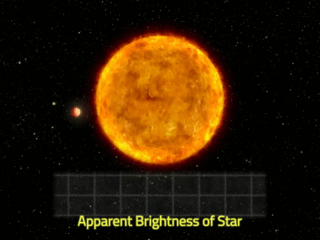
Predicting Space Weather
Space weather can have a significant impact on satellites, spacecraft, and even power grids on Earth. AI-driven models can analyze data from solar observatories and predict space weather events more accurately and rapidly than human scientists. This involves varies such as data analysis, spacecraft resilience and operations and early warnings. This helps safeguard both space assets and critical infrastructure on Earth.
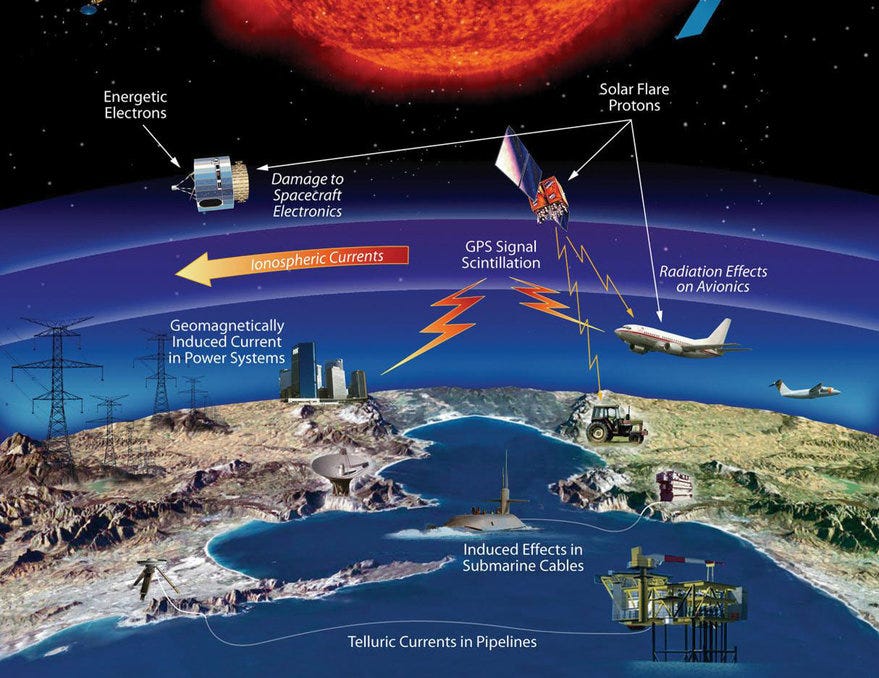
Intelligence navigation system
Google Maps relies on GPS and similar systems to chart our Earth's terrain, but we lack a comparable tool for objects beyond our planet. In the absence of navigation satellites orbiting Mars or the Moon, scientists must employ innovative approaches.
In a joint effort with Intel, a group of NASA researchers devised an intelligent navigation system back in 2018. This system harnesses artificial intelligence for planetary exploration, with the model undergoing training on an extensive dataset of millions of images obtained from various missions. This extensive dataset was used to construct a digital map of the Moon, enabling more advanced exploration methods.
Cases Where Human Intervention is Still Needed
Complex Repairs: While AI can assist with basic repairs, complex maintenance and repairs often require human astronauts. The intricate nature of spacecraft systems, coupled with the unpredictable challenges of space, means that humans are still the best equipped to handle intricate and unexpected issues.
Crisis Management: In emergencies, human judgment and decision-making remain irreplaceable. Astronauts can respond to unexpected situations, such as system failures or medical emergencies, with adaptability and creativity. AI can provide support, but the final decisions often rest with the human crew.
Scientific Discovery: AI is excellent at data analysis, but it lacks the intuition and creativity of human scientists. While AI can identify interesting patterns and anomalies, it takes human scientists to develop hypotheses, design experiments, and make groundbreaking discoveries.
Future Prospects
The future of AI in space exploration is incredibly promising, with several exciting developments on the horizon:
Advanced Robotics: Robots equipped with AI will play a more significant role in space exploration. These robots will be capable of more complex tasks, including assembling structures in space, conducting scientific experiments, and even assisting with terraforming missions.
Autonomous Interplanetary Travel: AI-driven spacecraft will be able to make decisions in real-time during long interplanetary journeys. This will reduce the time lag in communication with mission control and enable more rapid responses to unforeseen events.
Planetary Colonization: AI will be a crucial component of future missions aimed at establishing human colonies on the Moon, Mars, and beyond. AI will help manage life support systems, resource utilization, and terraforming efforts.
Space Traffic Management: As space becomes more crowded with satellites and spacecraft, AI will be vital for managing space traffic, ensuring the safe operation of space assets and preventing collisions.
AI-Human Collaboration: The future will likely see increased collaboration between AI and human astronauts, with AI systems assisting crews during long-duration missions, conducting preliminary experiments, and handling routine tasks.
In conclusion, artificial intelligence has already revolutionized space exploration, enabling missions that were once deemed impossible. As AI continues to advance, it will further transform how we explore and utilize space, making our ventures beyond Earth more efficient, productive, and safe. However, human expertise and creativity will remain essential for addressing the unique challenges and opportunities of the cosmos. The future of space exploration is a dynamic partnership between humans and intelligent machines, working together to unlock the mysteries of the universe.



